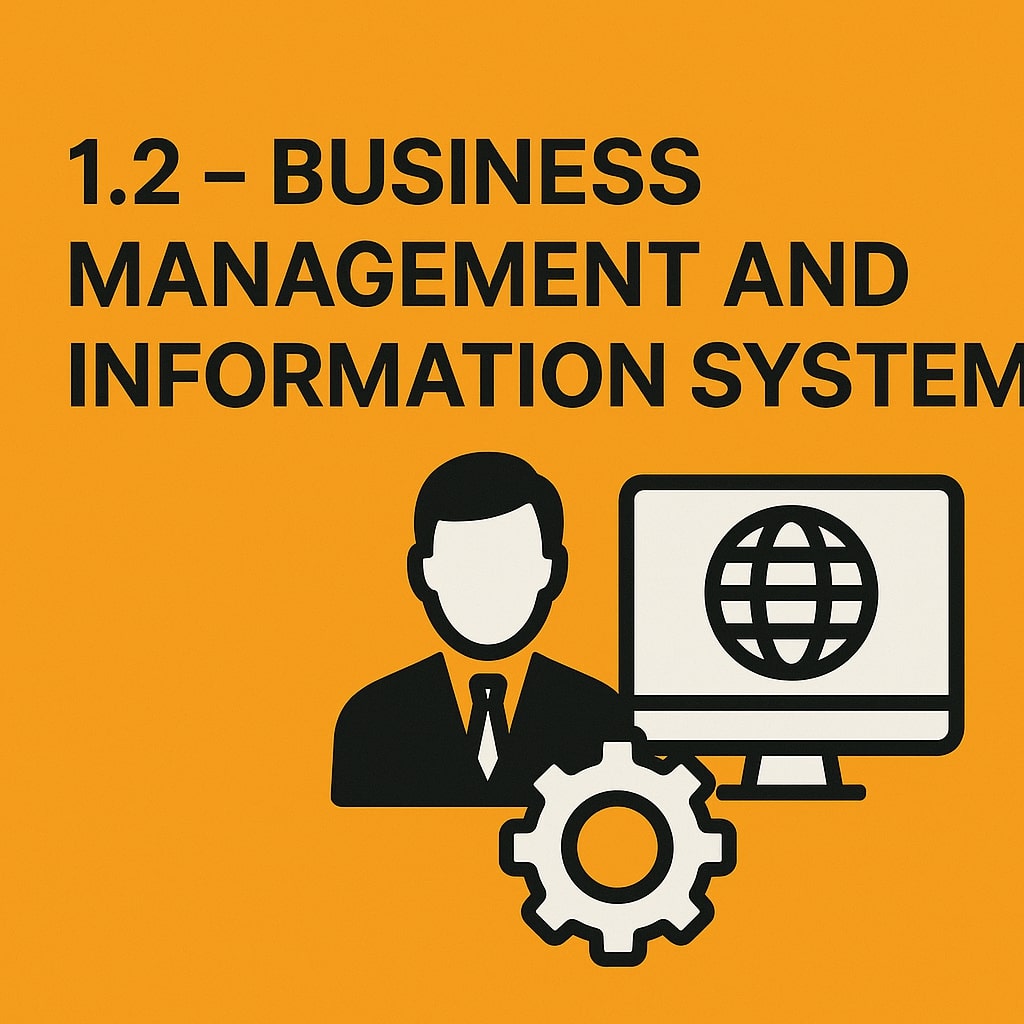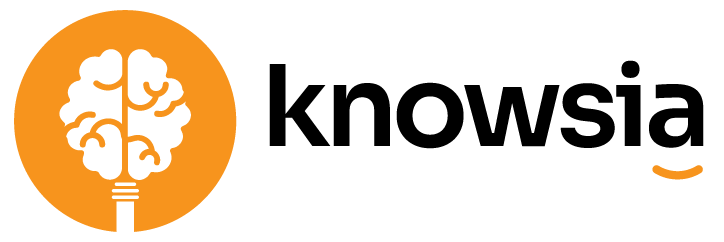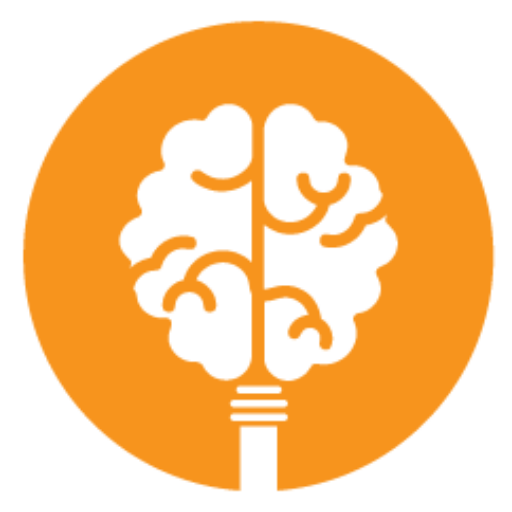The Business Management and Information Systems module is part of the Knowledge Level (Level 1) in the ICAG professional qualification syllabus. It focuses on introducing candidates to basic business structures, processes, and the role of information systems in management. Below is the syllabus coverage presented in tabular form, including the main topics and their approximate weightings (guiding study time and exam mark allocations).icagh.org
| Syllabus Topic | Description | Weighting (%) |
|---|---|---|
| A. Entity types, purpose, and objective | Describes different business entity types (e.g., sole traders, partnerships, limited liability companies, non-profits, state-owned enterprises), their purposes, objectives, ethical and social responsibilities, key stakeholders, governance, business ethics, CSR, ESG, and main public sector entities in Ghana. | 10 |
| B. Organisational structures and processes | Explains basic business organisational forms (e.g., sole traders, partnerships, companies, public corporations), structures (e.g., functional, divisional, matrix, networks), and processes, including collaboration vehicles like shared services, outsourcing, and networks. | 10 |
| C. Business environment and decisions | Explains how the business environment influences decisions, covering internal and external factors, price mechanisms, market failures, macro-economic influences, regulations, and stakeholder needs. | 15 |
| D. Business planning processes and behaviour | Describes the business planning process, including vision, mission, values, objectives, strategic/operational plans, and organisational behaviour (e.g., culture, leadership, team formation, motivation). | 15 |
| E. Operations and business functions | Explains basic operations of business functions, including human resources (roles, recruitment, training, remuneration, health/safety), marketing (concepts, segmentation, pricing, customer care), and operations management (production processes, inventory, quality). | 20 |
| F. Business information management | Identifies and explains how business information is managed, including data/information/knowledge, information technologies, risks to systems, data bias, professional scepticism, security controls, and risks of insecure data. | 10 |
| G. Business models and management decisions | Describes and applies basic business models to support decisions, such as PEST analysis, Porter’s five forces, 4 P’s of marketing, product life cycles, BCG matrix, SWOT analysis, and Ansoff Growth Matrix. | 10 |
| H. The impact of technology on the accountant | Explains the impact of technological developments on accountants, including cloud accounting, IoT, digital assets, fintech, AI, machine learning, robotic process automation, cyber risks, computer fraud, data security, and legal/ethical issues. |



